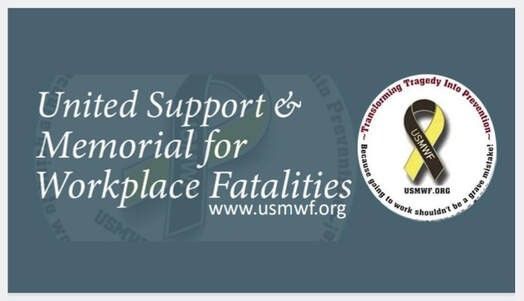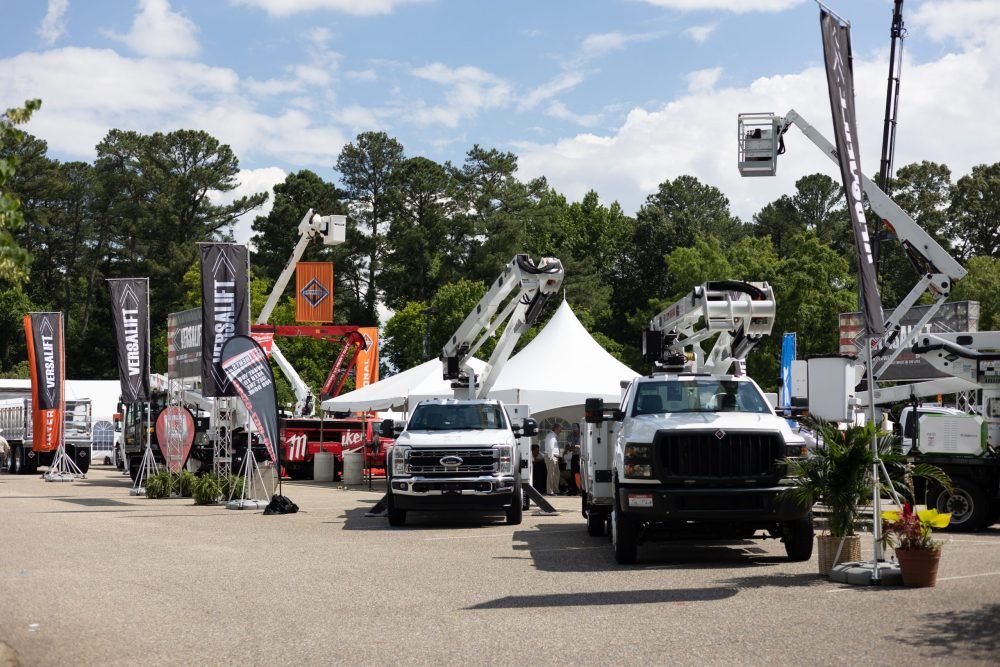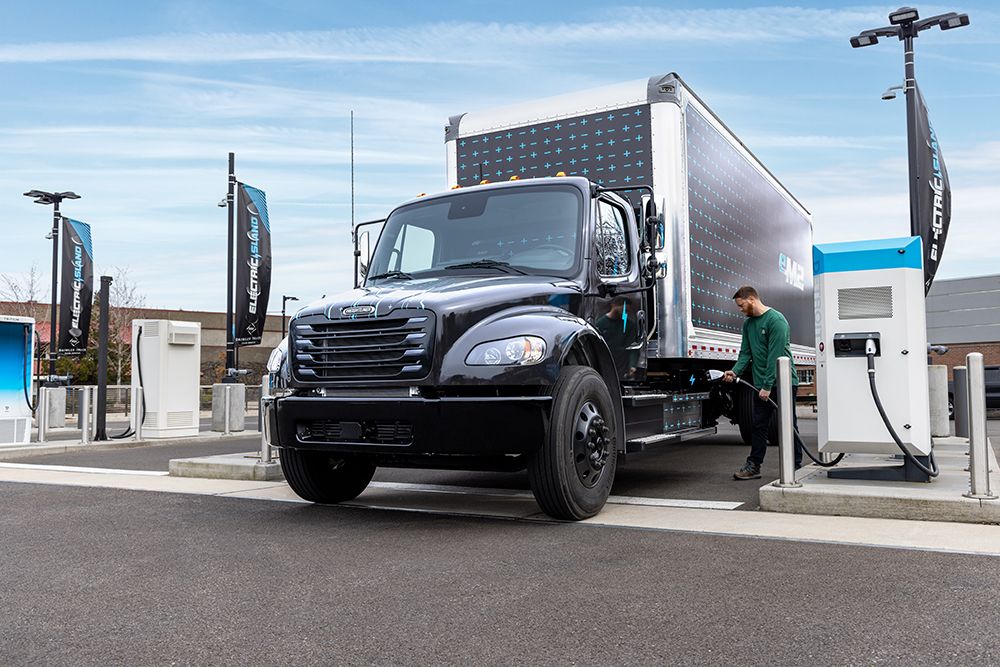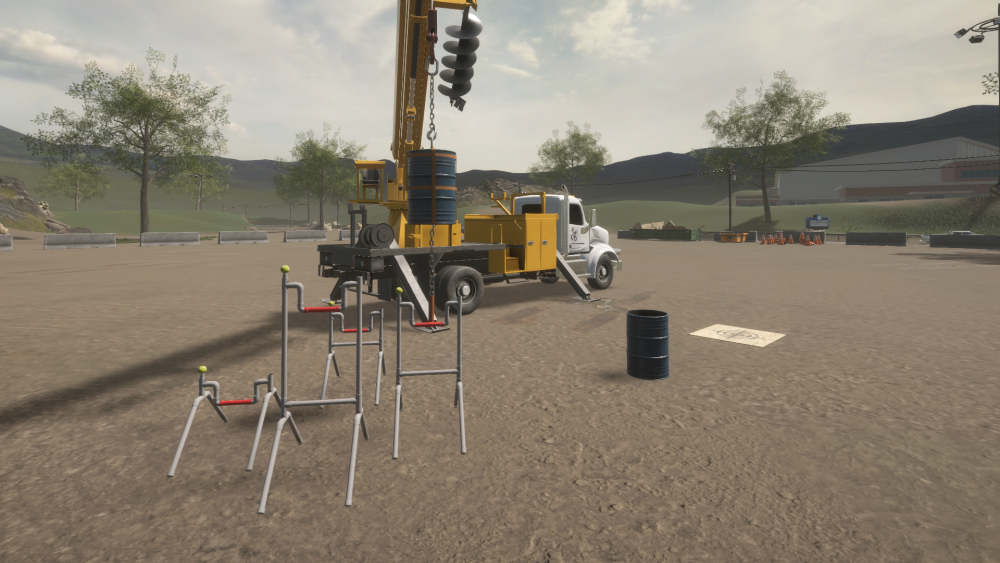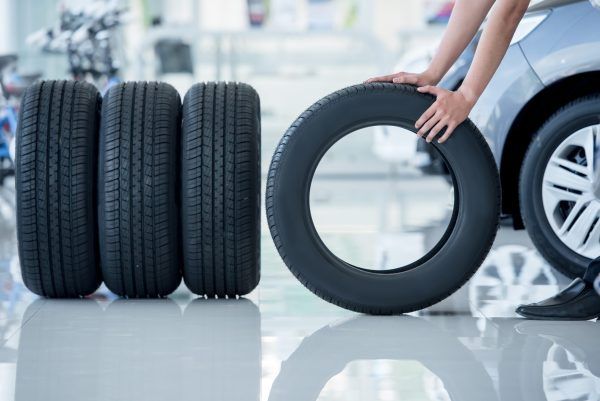Introducing the USMWF: A Powerful Ally for the Utility Industry
In the world of utility work, where daily tasks often involve inherent risks, the need for a robust support system for workers’ safety and welfare cannot be overstated. This is where the United Support & Memorial for Workplace Fatalities (USMWF) comes in. Established with a mission to honor the memories of fallen workers and advocate for safe workplaces, the USMWF has made remarkable strides in raising awareness, supporting families affected by workplace tragedies and driving meaningful change.
But what exactly does this organization offer to the utility industry, and why should utility professionals consider collaborating with or supporting the USMWF? This article will explore the organization’s background, mission, core activities and the unique benefits it can bring to the utility sector.
Origins and Mission
The USMWF was founded in response to a tragic reality – that thousands of workers lose their lives each year in preventable workplace accidents. For the families left behind, navigating the aftermath can be overwhelming. Recognizing this, a dedicated group of family members, survivors and safety advocates came together to form the USMWF to provide resources, support and advocacy for families and to assist in the prevention of future tragedies.
The organization’s mission is twofold: to honor fallen workers and to advocate for safety reforms. This unique focus on both remembrance and advocacy sets the USMWF apart, making it not just a support network but also a driver of change. By promoting legislative improvements, raising safety standards and offering a platform for the voices of those affected by workplace tragedies, the USMWF has become a critical force for advancing workplace safety.
Core Activities and Services
The USMWF offers a range of services that are especially relevant to industries like utilities, where hazardous work conditions are often part of the job. Some of the organization’s key activities include:
- Family support services. The USMWF provides direct support to families affected by workplace fatalities. This includes emotional support, resources for navigating legal and regulatory processes, and connections to other families who have experienced similar losses. The organization’s Family Connect program creates a network of understanding and shared experiences, helping to ease the emotional burden on grieving families.
- Awareness campaigns and memorial events. To honor fallen workers and ensure their stories are not forgotten, the USMWF organizes events such as Workers’ Memorial Day and maintains an online tribute site. Sharing these stories emphasizes the real human cost of workplace hazards, helping to foster a culture that values safety as paramount.
- Advocacy for safety regulations. The USMWF actively works to improve occupational safety laws and standards, providing testimony, collaborating with regulatory bodies and advocating for changes that make workplaces safer. This involvement is particularly valuable for high-risk industries like utilities, where safety regulations can significantly impact worker protection.
- Educational initiatives and safety training. In partnership with various organizations, the USMWF offers educational materials and safety training, with a focus on preventing common workplace hazards. Training sessions and workshops are designed to raise awareness about effective safety measures among workers and employers; these offerings are often tailored to industry-specific needs.
- Partnerships with industry leaders. The USMWF regularly partners with unions, industry associations and safety organizations to amplify its impact. By working with these groups, the organization brings its mission to industries that have the potential to benefit from its expertise, further extending the USMWF’s reach and influence in improving workplace safety.
Benefits for the Utility Industry
In the utility industry – where workers are exposed to electrical hazards, heavy equipment, heights and extreme weather conditions – safety is a top priority. Here’s how the USMWF can enhance safety outcomes and support utility workers.
Empower Workers and Families
For utility companies, having a partnership with an organization like the USMWF demonstrates a commitment to supporting employees beyond their immediate working environment. In tragic cases where a workplace accident occurs, the USMWF offers families a community of support, access to critical resources and guidance through the complex legal landscape. When utility companies connect with the organization, they offer their workforce a powerful message: that employee well-being, both on and off the job, is valued and prioritized.
Strengthen Safety Culture
The USMWF’s dedication to honoring fallen workers reminds us of the importance of safety in every aspect of our work. By incorporating the organization’s mission and message into safety training programs, utility companies can further develop a culture of safety that resonates on a personal level. This focus on individual lives lost as a reminder for vigilance can lead to a stronger collective commitment to safe practices.
Policy Advocacy
By working with the USMWF, utility companies have an avenue to voice their concerns and needs in policy discussions. The organization’s advocacy efforts focus on strengthening safety regulations that protect workers, often directly impacting policies related to the utility industry. Partnering with or supporting the USMWF means the industry’s unique challenges are better represented in legislative discussions, leading to policies that reflect the real needs of utility workers.
Enhance Stakeholder Trust and Company Reputation
Today, companies that prioritize corporate social responsibility, or CSR, are typically viewed more favorably by customers, partners and the public. By supporting the USMWF, utility companies send a strong message about their commitment to worker welfare, helping to enhance their reputation and build trust with employees and stakeholders alike. This association with a respected safety advocacy group can also positively influence employee morale.
Impact on High-Risk Industries
To understand the real-world impact of the USMWF’s work, it’s helpful to look at industries with similar risks to utilities. For example, in the construction sector, the organization’s advocacy led to heightened awareness of fall protection, which resulted in regulatory changes and widespread adoption of improved safety measures. In mining, the USMWF’s family support initiatives helped foster stronger support networks for workers, which eventually contributed to mental health and safety being recognized as essential components of workplace well-being.
These examples underscore how an organization like the USMWF, when partnering with companies and unions, can drive change that not only saves lives but also transforms workplace culture. The utility industry stands to benefit in much the same way, especially as the USMWF’s expertise and resources continue to grow.
Now is the Time to Engage
Utility companies operate in a landscape of rapid technological change, increasing regulatory demands and a growing emphasis on sustainability. Amid these shifts, the safety of the workforce remains the bedrock of operations. In this context, aligning with the USMWF offers utility companies an opportunity to enhance their safety protocols, improve compliance with evolving regulations, and build a reputation as a socially responsible, worker-centric organization.
Furthermore, with OSHA’s ongoing rulemaking processes and a renewed emphasis on injury and illness prevention, utility companies have much to gain from an ally with deep expertise in safety advocacy. The USMWF’s network can provide utilities with insights into regulatory changes, effective safety measures and family support mechanisms that are aligned with industry best practices. This engagement can serve as a proactive measure to prevent accidents, reduce costs associated with workplace injuries and demonstrate a commitment to safety leadership.
A Call to Action
For utility professionals committed to safeguarding their workforce, supporting an organization like the USMWF is more than a philanthropic gesture – it’s an investment in a safer, more resilient industry. By partnering with the organization, utility companies gain access to valuable resources, a network of safety advocates and an enduring reminder of the importance of protecting every worker. Through its programs, advocacy and family support initiatives, the USMWF offers a holistic approach to safety that aligns well with the goals of the utility industry.
And in a sector where risk is inherent, the organization offers a path forward that respects the lives lost while striving for a future in which every worker can return home safely. For utility companies ready to lead by example, now is the time to connect with the USMWF, champion workplace safety and contribute to a legacy of meaningful change.
About the Author: With over three decades of experience in the utility industry, John “Scotty” MacNeill, CUSP, serves as the national safety director for the Utility Workers Union of America. He has worked in roles ranging from lead mechanic to crane operator and rigger, and he also has extensive experience as a business agent representing line-clearance workers. In his current role, MacNeill is dedicated to ensuring safe working environments for utility workers nationwide, overseeing safety initiatives, and advocating for industry-wide health and safety standards. His commitment to worker safety drives his collaborations with OSHA, ANSI and various national safety committees, including his position on the USMWF board of directors.
This article first appeared in the December 2024-January 2025 issue of Incident Prevention (https://incident-prevention.com), Utility Fleet Professional’s sister publication.


